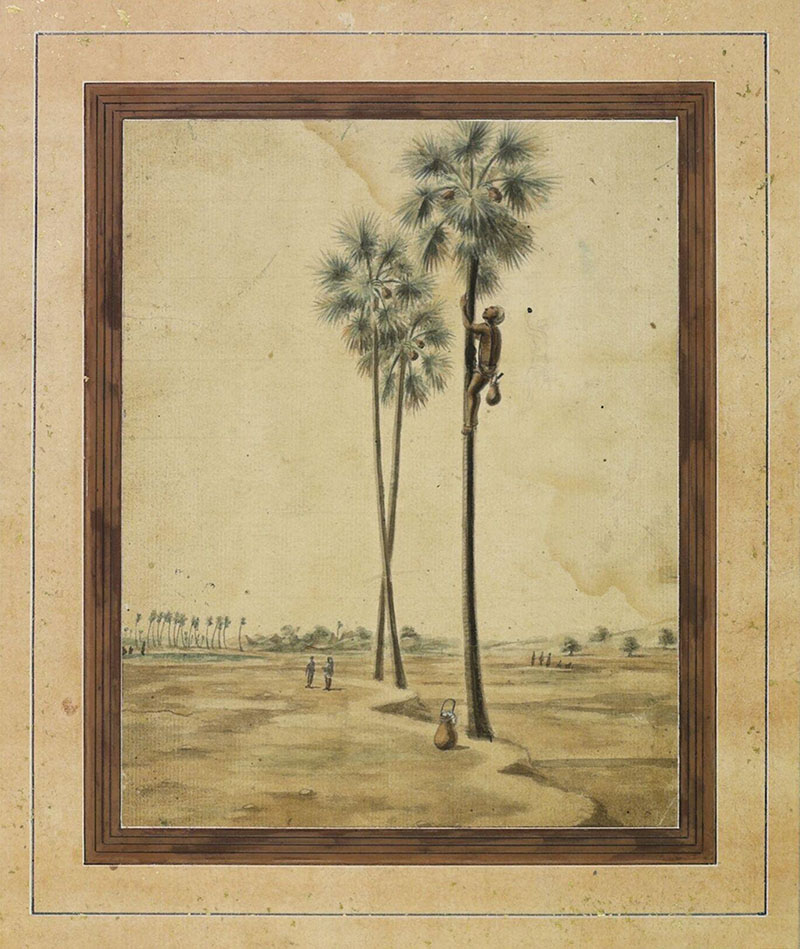ARTICLE
Sewak Ram
Ram was well known for his crowd scenes depicting festivals, processions and interiors which he painted in the Murshidabad model, while also focusing on figure studies in the foreground. Among his most popular works are scenes of Muharram processions and prayers at an imambara. By the 1820s, his large-scale paintings of ceremonies and festivities were being collected by governors-general of India such as Lord Minto and Lord Amherst.
His work was studied by the Patna painters, as evidenced by the presence of his paintings in the collection of Ishwari Prasad, who was grandson to Ram’s contemporary Shiva Lal. His successors continued following his model of painting until the nineteenth century. Presently, his work is part of private collections as well as on display at the Victoria & Albert Museum, London.
Bibliography
Our website is currently undergoing maintenance and re-design, due to which we have had to take down some of our bibliographies. While these will be re-published shortly, you can request references for specific articles by writing to hellomapacademy@map-india.org.









